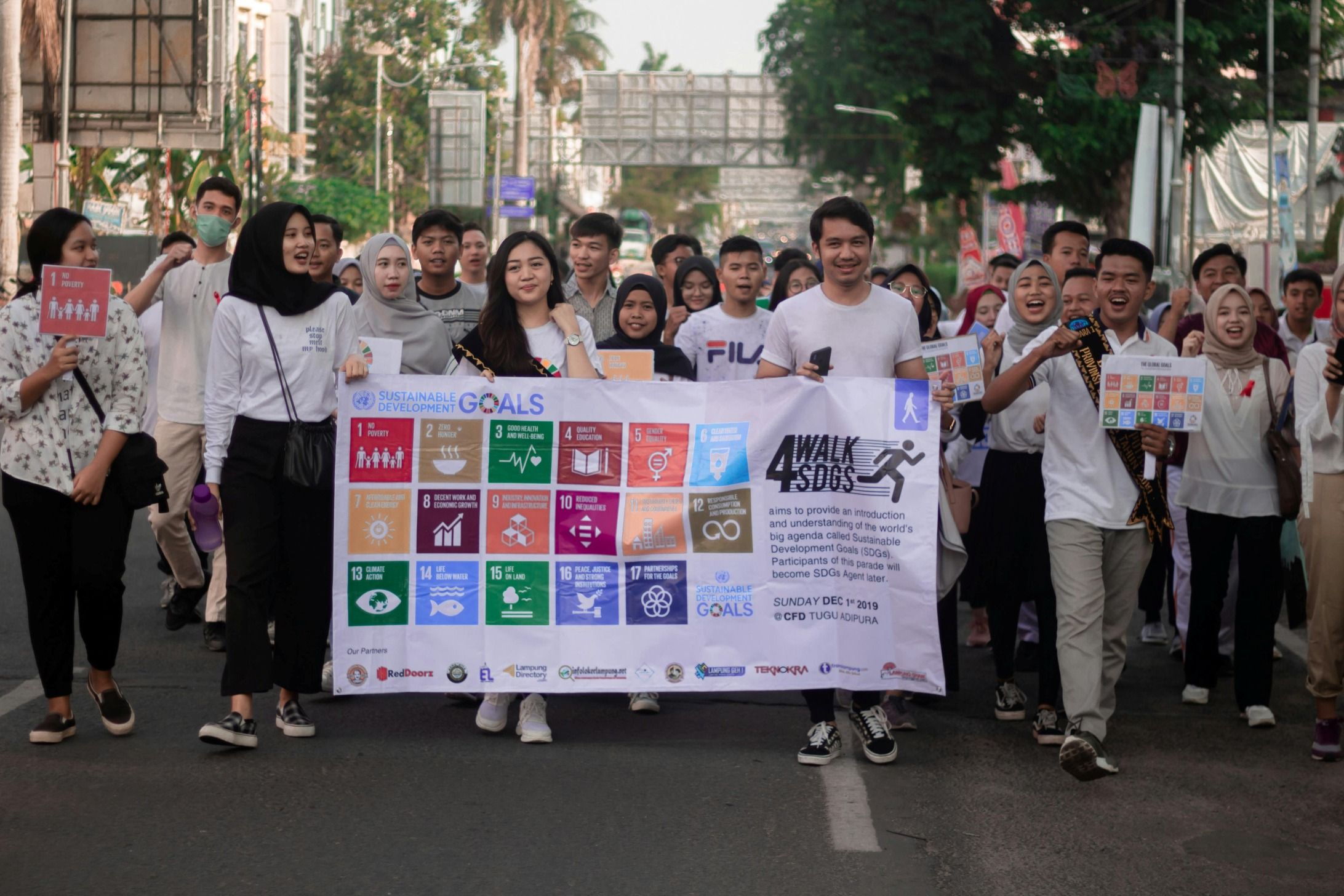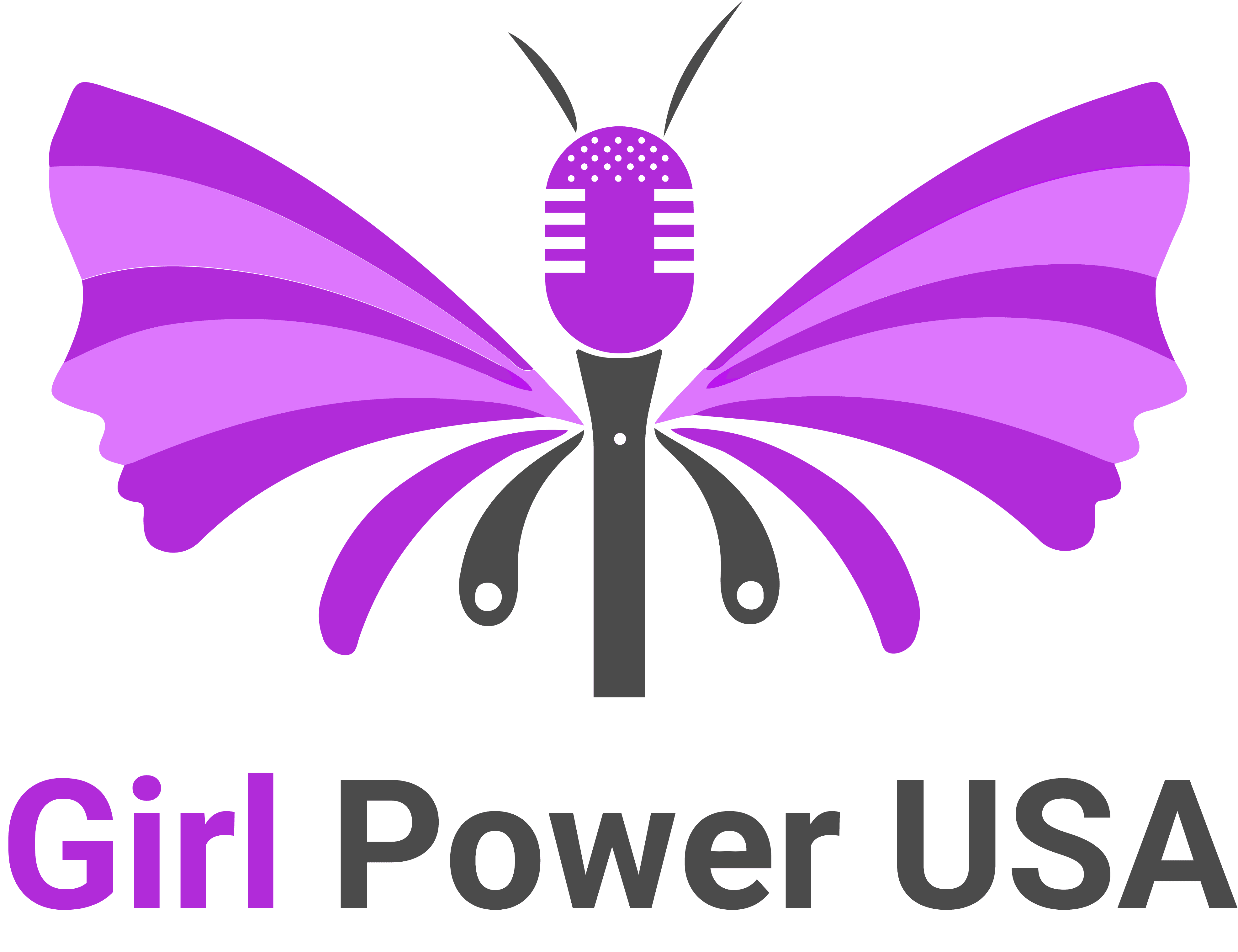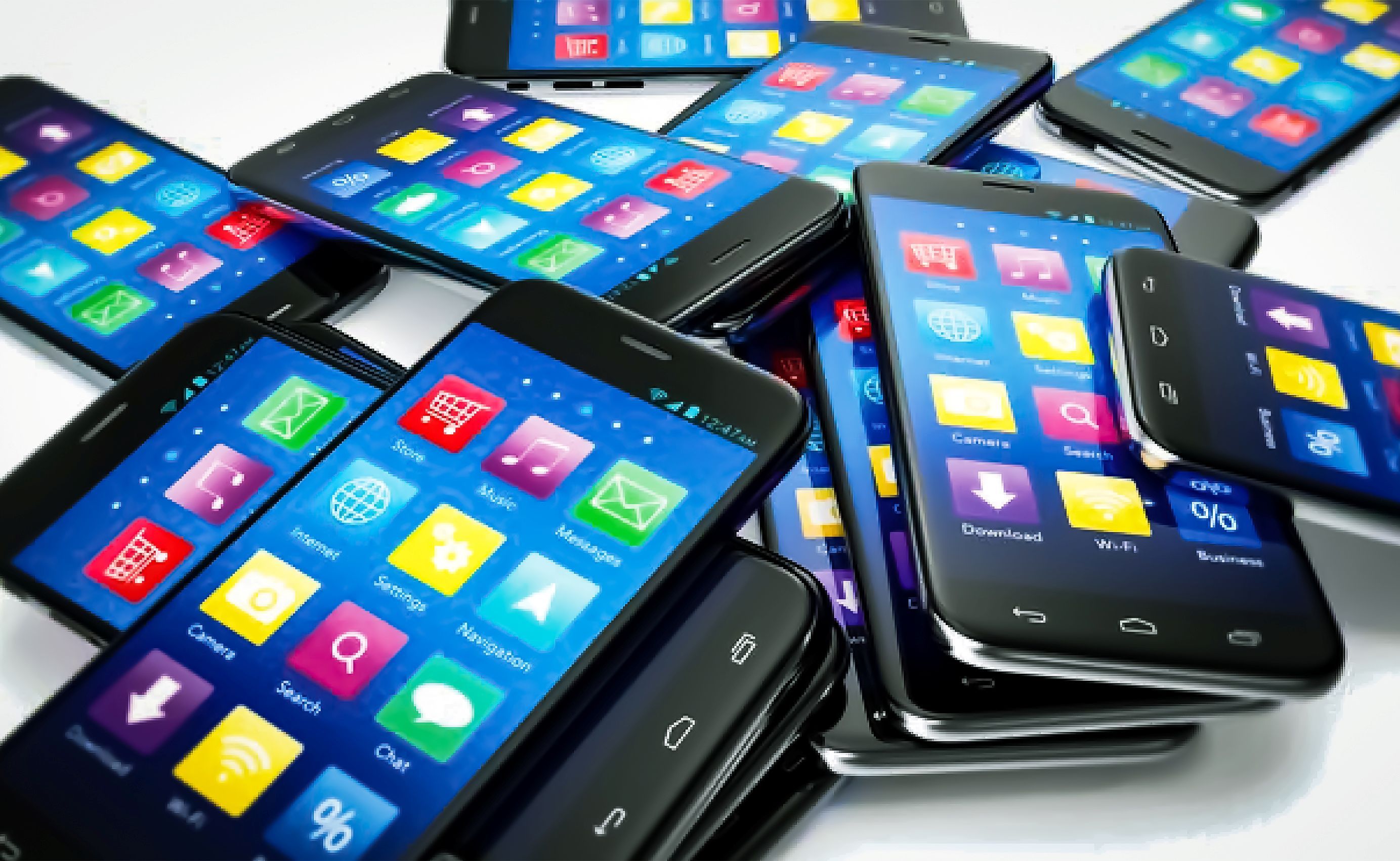The United Nations Sustainable Development Goals, adopted in 2015, are a set of 17 broad goals to bridge inequalities and build a better future for all by 2030. The goals cover a diverse number of topics, ranging from gender equality to life underwater. However, these seemingly broad goals are more connected than they appear when it comes to practical change.
Anyone working in the social sector will tell you that one goal directly affects the impact of the others. This is true for more obvious pairs such as economic growth and industry innovation, but also in often overlooked synergies such as environmental protection and gender equality, or life on land and zero hunger.
Why intersections matter
The term intersectionality is a common one for activists. Coined by Kimberle Crenshaw, it highlights the overlapping nature of the circles of identity inequalities that individuals face. A simple analogy here is that if all the inequalities in the world were a Venn diagram, those in the intersection would be more disadvantaged than those in a single circle. The more circles one is at the intersection of, the more challenges they face.
However, intersectionality is relevant not just for individual inequalities but in the larger picture of socio-political issues. The presence of one social issue feeds into or becomes the cause of another. For example, the fact that gender inequality and neglect of the girl child exist means that thousands of girls are not sent to school. As long as this issue persists, no nation will be able to achieve full literacy, hence not fulfilling Goal 4, i.e, quality education for all.
Therefore, understanding the intersections of these goals allows for more effective policies and programs to be made. Solutions need to be holistic and understand the context of all the interconnected SDGs, enabling progress on one issue to contribute toward the broader 2030 mission.
What intersections look like
Almost all SDGs can be connected to any other in the list. Some simple examples include:
- Goal 1 of No Poverty can not be achieved without affirmative actions towards solving the crisis of hunger, health and education. (Goals 2, 3 and 4)
- Goal 4 of Quality Education contributes to building better work opportunities and increasing innovation for growth. (Goals 8 and 9)
- Goal 6 of Clean Water and Sanitation must come with a look at environmental sustainability and creating safe ecosystems for life under water. (Goals 13 and 15)
- Goal 9 of Industry, Innovation and Infrastructure cannot come at the expense of the environment, for it will then directly impede building sustainable communities. (Goals 13 and 11)
- Goal 12 of Responsible Consumption and Production is necessary to redistribute resources and ensure food for all. (Goal 2)
Goals 5 and 10: Cornerstones to sustainable development
Achieving all sustainable goals is important to build a world where every individual can think beyond survival and pursue success. When it comes to creating impact, Girl Power USA honours the holistic view of the United Nations. Our key focus, however, is on Goal 5: Gender Equality and Goal 10: Reduced Inequalities due to their expansive and connected nature with most other goals.
The gender lens
Goal 5 is focused on the fight against different treatments of the genders, where historically females have been treated as the second sex. At Girl Power USA, we believe this goal is central to achieving a better world for all. With women making up almost half the world population, it is obvious that their issues will intersect with a significant portion of other major issues. These intersections, however, are not always obvious.
We have discussed the intersection between gender and education. Similarly, women and health are two issues that connect, given the lack of medical research and attention on women’s anatomy in the field. Women also face additional layers of poverty, such as period poverty, connecting those issues. Again, women are more vulnerable to the effects of environmental degradation, both because of their dependence on resources like fuel in rural economies and their lack of access to credit or land to be able to adapt. Hence, climate action and feminism align more closely than many imagine. Likewise, one cannot achieve sustainable communities, economic growth, or strong institutions without equal representation and power for women in families, workplaces and governments, respectively.
For any social change that the goals advocate, a focus on women is important to bridge gender gaps and achieve it holistically. Girl Power USA, while implementing a wide range of projects in food security, employment and education, focuses on female beneficiaries to achieve goals and undo the historic bias against women.
Redistributing resources
Similar to the gender gap, a wide lag in resources and progress exists between the haves and have-nots. While those with adequate resources can afford to buy air purifiers or migrate to places with better AQI, those closer to the poverty line do not have such options to deal with environmental degradation. In a similar vein, any progress is far from sustainable if it is progress only for a few.
In order to truly achieve the vision of the goals, their benefits should be for the entire world population, and especially for marginalised groups. Economic growth does not just mean the rich getting richer if it does not lead to development for the lowest strata.
In all efforts to create a better world, the most vulnerable, then, must be in focus. Reducing inequalities in every sphere is the essence of the SDGs and the guiding principle for all impact programs at Girl Power USA.
The way forward
As we rapidly approach 2030, governments and civil society organisations must look at impact plans that effect change for the long term. Policies and programs must focus on this intersection of the SDGs to enhance their effectiveness and ensure that progress in one goal is not negatively impacting another.
These intersections are opportunities to expand the reach of social projects if supported and implemented thoughtfully. Innovative solutions within these fields have the scope to massively push towards the world that the UN charter envisions. With focused efforts and collective action, the goals can transform from an idealistic framework to a close reality.





